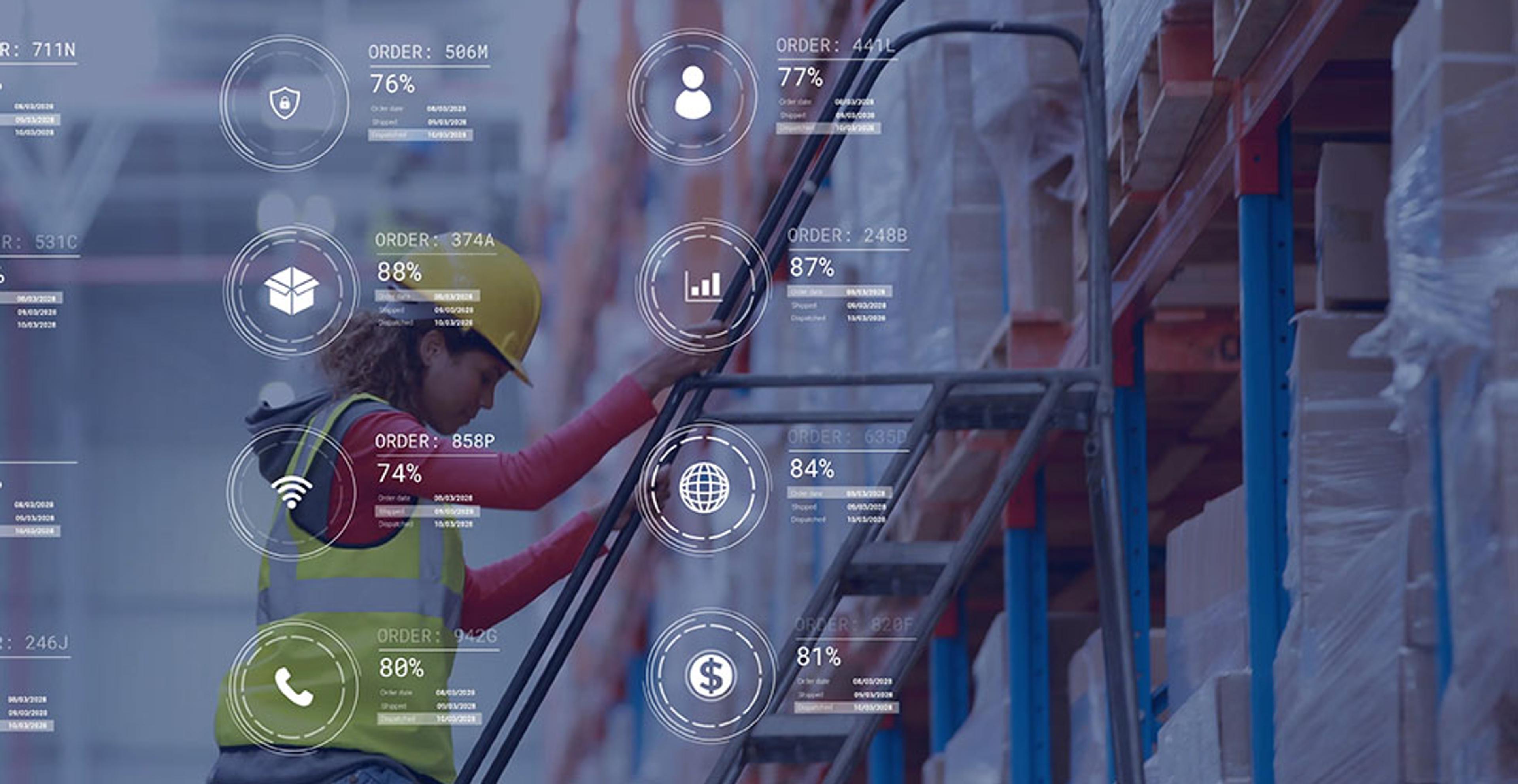Will Shipper Labor Negotiations Halt the Nation’s Freight?

Shipper labor negotiations underway with major US carrier
The United Parcel Service (UPS) and the International Brotherhood of Teamsters union have entered labor contract talks covering roughly 340,000 US drivers, package handlers, and loaders. The current contract expires at midnight on July 31, 2023, and members are prepared to walk off the job if a deal is not delivered. The union currently maintains a $300 million strike fund that would cover member pay and healthcare. The question on everyone’s mind is: How will the current shipper labor negotiations affect Q3 heading into peak season?
The stakes are high for both the union and supply chain managers as recession threatens business and inflationary pressure in the US is on the rise. The powerful Teamsters union is seeking an agreement that shares billions of dollars in pandemic profit, exerting leverage over future negotiations, and recruiting new team members. Worker participation in unions sits at an all-time low today in the US despite a recent uptick in labor activism.
The Teamsters’ contract with UPS is the largest private sector collective bargaining agreement in North America. The only national strike at UPS in 1997 lasted 15 days, disrupting the supply of goods and costing $850 million. Teamsters General President, Sean O’Brien, stated that they are prepared to work seven days a week to get a deal done, which would extend for the next five years.
Will shipping costs be affected by the outcome of the labor talks?
The 1997 strike occurred at a time when the market was dominated by linear business-to-business traffic. In today’s market, nonlinear and logistically complex ecommerce traffic that ends up in the consumers’ hands would be at risk. An estimated 21 million parcels are delivered on average by UPS each day and a shutdown or major disruption would severely affect the nation’s delivery network.
Should a work stoppage occur, there are many other companies that have volunteered to pitch in to keep the nation’s freight moving. The United States Postal Service (USPS) is required by federal law to pick up and deliver from every address and P.O. Box. The Postal Service has a massive capacity of 60 million parcels per day and would be up for the challenge, however there is no guarantee as to when packages will finally arrive. Most private carriers do not accept new business in such a short amount of time and wouldn’t have the capacity to assist for weeks.
However, the quasi-governmental agency would struggle to handle large and heavy UPS packages. The current service is structured for light-weight shipments up to 10 pounds, and they are usually price-competitive only up to 5 pounds. Bulkier packages would not cube out well to fit in USPS box trucks and be ill-fitting for parcel bags carried by letter carriers. Other carriers with the ability to handle large parcels may have to step up in addition to USPS in the event of a strike this summer.
Another day, another disruption
This new event in the supply chain is a reminder that while the pandemic is long gone, the threat of disruptions remains. Shippers should anticipate the possibility of a labor disruption with the current negotiations, even if one never comes to fruition. A period of uncertainty is the time to take action and create a plan to mitigate future risks.
The market has limited existing capacity to take on excess and carriers might now be interested in expanding without the support of longer-term agreements. Other major US carriers have set deadlines to handle additional volume in the event of a strike, some of which have passed and some of which are fast approaching. Shippers have been challenged by record-high general rate increases, year-round peak surcharges, and high fuel surcharges, but even a shift in volume from one carrier to another could come at a cost. Large volumes are rewarded with generous discounts and falling to a lower revenue tier could reduce that discount to a less desirable rate.
Supply chains are not only affected by pandemics and global conflicts but can become compromised from a multitude of other disruptions. To achieve maximum supply chain resilience, it is vital to focus on implementing total transparency into every link of the chain. Understanding every touch point and building strong third-party relationships is the first step of many in fortifying business operations.
Additional ways to mitigate risk include:
- Third-party insights in real time with automated systems that provide information from suppliers, customers, vendors, and other business partners
- Setting risk scores in analytics systems to quickly flag potential issues or areas of concern
- Identify potential risks and watch emerging trends by implementing a customer monitoring dashboard
- Set a threshold for escalating alerts and remediate the most pressing concerns with custom alerts and follow-up reports
Working with a trusted logistics partner to reduce shipping spend
Global disruptions, labor talks, and sourcing bottlenecks can jeopardize effective shipping strategy, but you can ensure a nimble supply chain with the right partner. Rather than entering negotiation of shipping rates directly with carriers, a third-party logistics partner can use their experience, connections, and bulk-rate buying power to save time and money. Find out how ITS has saved their customers while providing accurate and reliable service.
Discover how ITS has helped its customers:
- Caraway Sees 280% Order Volume Increase and Expands into Omnichannel Fulfillment
- Common Challenges, Uncommon Solutions
- ITS Logistics and Starbucks – A Perfect Blend



